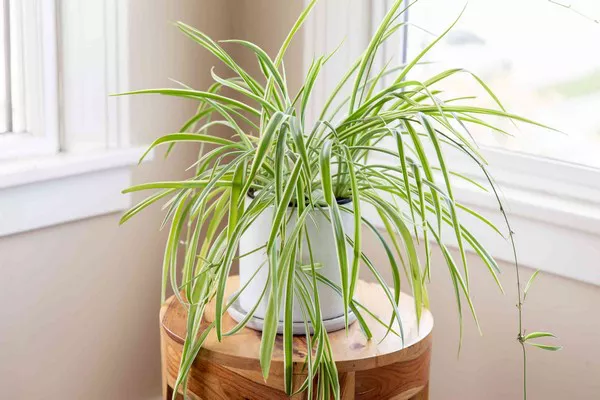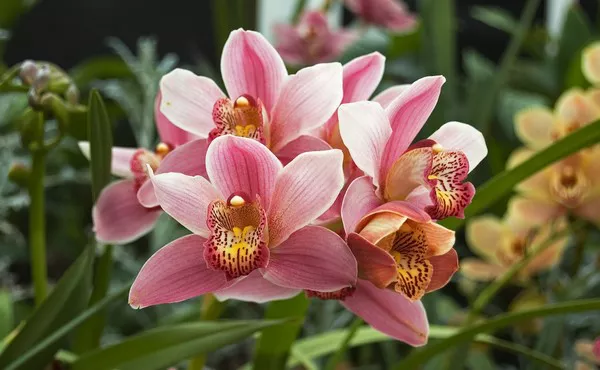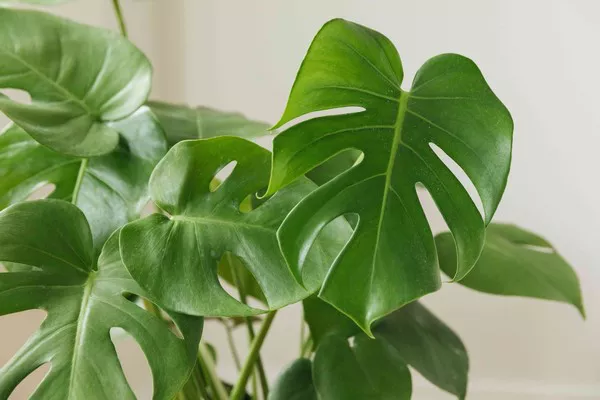Bushes play a vital role in supporting biodiversity, providing essential habitats and food sources for various pollinators, particularly bees and butterflies. As their populations face threats from habitat loss and climate change, planting pollinator-friendly shrubs in gardens and landscapes becomes increasingly important. This article explores the top 10 best bushes for attracting and supporting bees and butterflies, offering insights into their benefits, characteristics, and cultivation tips.
Top 10 Best Bushes for Bees and Butterflies in the World
1. Butterfly Bush (Buddleja davidii)
The butterfly bush, often hailed as a pollinator magnet, is a deciduous shrub renowned for its long spikes of fragrant flowers that bloom from summer to fall. These clusters come in a variety of colors, including purple, pink, white, and yellow, making them visually appealing.
Benefits
As the name suggests, the butterfly bush is particularly attractive to butterflies. Its nectar-rich blooms are also favored by hummingbirds and various bee species. The bush provides essential nourishment during the warm months when food sources may be scarce.
Cultivation Tips
Butterfly bushes thrive in full sun and well-drained soil. They are drought-tolerant once established, making them a low-maintenance option for gardeners. Regular deadheading encourages prolonged blooming, and pruning in early spring helps maintain their shape and promote healthier growth.
2. Bee Balm (Monarda didyma)
Bee balm is a perennial herbaceous shrub native to North America, known for its vibrant tubular flowers that attract pollinators. The flowers are available in shades of red, pink, purple, and white, providing stunning visual appeal.
Benefits
Bee balm is a favorite among bees, particularly bumblebees, as well as butterflies and hummingbirds. The plant’s nectar is rich, making it a reliable food source during the summer months. Additionally, bee balm has aromatic leaves that can be used in herbal teas and cooking.
Cultivation Tips
Plant bee balm in a sunny spot with well-drained soil. It prefers moist conditions, so regular watering is important, especially during dry spells. To encourage bushier growth and more blooms, deadhead spent flowers throughout the growing season.
3. Spiraea (Spiraea spp.)
Spiraea is a versatile genus of deciduous shrubs, featuring a wide range of species that produce clusters of small flowers in various colors, including white, pink, and red. These shrubs are often used in landscaping for their attractive blooms and foliage.
Benefits
Spiraea shrubs are excellent for attracting bees and butterflies, offering abundant nectar. Their long blooming period, often extending from spring to fall, provides a continuous food source for pollinators. Additionally, the dense foliage offers shelter for nesting bees and butterflies.
Cultivation Tips
Spiraea prefers full sun to partial shade and well-drained soil. They are adaptable and can tolerate a variety of soil types. Pruning after blooming encourages healthier growth and a more attractive shape.
See also: Top 10 Super Poisonous Plants in the World
4. Ninebark (Physocarpus opulifolius)
Ninebark is a hardy deciduous shrub native to North America, known for its unique peeling bark and clusters of small white or pink flowers. This shrub adds texture and interest to gardens, even in winter.
Benefits
Ninebark attracts a variety of pollinators, including bees and butterflies, with its nectar-rich flowers. Additionally, its dense foliage provides shelter and habitat for many beneficial insects.
Cultivation Tips
Plant ninebark in full sun to partial shade with well-drained soil. It is drought-tolerant once established and requires minimal care. Regular pruning in late winter or early spring helps maintain its shape and encourages new growth.
5. Serviceberry (Amelanchier spp.)
Serviceberry is a deciduous shrub or small tree known for its delicate white flowers that bloom in early spring, followed by sweet, edible berries. It is native to North America and offers year-round interest in the landscape.
Benefits
Serviceberry flowers are highly attractive to bees, providing an early food source in the spring. The berries are also enjoyed by birds, making it a beneficial addition to wildlife gardens.
Cultivation Tips
Plant serviceberry in well-drained soil with full sun to partial shade. Regular watering is essential during dry spells, especially for young plants. Pruning after flowering helps maintain a healthy shape and encourages better fruit production.
6. Caryopteris (Caryopteris x clandonensis)
Caryopteris, commonly known as blue mist shrub, is a deciduous shrub valued for its aromatic foliage and vibrant blue flowers that bloom from late summer to fall. This late bloomer is particularly important for pollinators preparing for winter.
Benefits
Caryopteris attracts bees, butterflies, and hummingbirds with its nectar-rich blooms. Its long blooming season provides essential food sources when many other plants have finished flowering.
Cultivation Tips
Plant caryopteris in full sun with well-drained soil. It is drought-tolerant once established and requires minimal maintenance. Prune in late winter or early spring to encourage new growth and maintain its shape.
7. Hebe (Hebe spp.)
Hebe is a genus of evergreen shrubs known for their attractive foliage and clusters of tubular flowers that come in various colors, including white, pink, and purple. These shrubs add color and interest to gardens year-round.
Benefits
Hebes attract a variety of pollinators, particularly bees and butterflies, due to their nectar-rich flowers. The evergreen foliage provides shelter and habitat for beneficial insects throughout the year.
Cultivation Tips
Hebe prefers well-drained soil and full sun to partial shade. They are drought-tolerant once established and require minimal care. Regular pruning helps maintain their shape and encourages new growth.
See also: Top 10 Plants with Purple Leaves and Small White Flowers
8. Elderberry (Sambucus canadensis)
Elderberry is a deciduous shrub known for its clusters of white flowers that bloom in late spring, followed by dark berries in late summer. This shrub is both ornamental and functional, providing food for wildlife.
Benefits
Elderberry flowers are highly attractive to bees and butterflies, offering abundant nectar. The berries are also a food source for birds and other wildlife, making it an excellent choice for wildlife gardens.
Cultivation Tips
Plant elderberry in moist, well-drained soil with full sun to partial shade. Regular watering is important during dry spells, especially for young plants. Pruning after flowering encourages healthier growth and better fruit production.
9. Rhododendron (Rhododendron spp.)
Rhododendrons are evergreen or deciduous shrubs known for their stunning clusters of large, colorful flowers. They are popular in gardens for their striking appearance and are available in a variety of colors.
Benefits
Rhododendrons attract various pollinators, particularly bees and butterflies, with their rich nectar. The dense foliage also provides shelter and habitat for beneficial insects.
Cultivation Tips
Plant rhododendrons in acidic, well-drained soil with partial shade. They require consistent moisture, especially during dry spells. Regular pruning helps maintain their shape and encourages more blooms.
10. Hydrangea (Hydrangea spp.)
Hydrangeas are popular flowering shrubs known for their large, showy blooms that come in various colors, including blue, pink, white, and purple. These shrubs provide a stunning display in gardens throughout the summer.
Benefits
Hydrangeas attract bees and butterflies, providing a source of nectar during the blooming season. The flowers’ large structure makes them easily accessible for pollinators, promoting a healthy ecosystem.
Cultivation Tips
Plant hydrangeas in well-drained soil with partial shade to full sun, depending on the variety. Regular watering is important to maintain healthy blooms. Pruning should be done according to the specific variety, as some bloom on old wood while others bloom on new growth.
Conclusion
Planting bushes that support bees and butterflies is essential for promoting biodiversity and contributing to the conservation of these vital pollinators. The bushes highlighted in this article offer a variety of colors, textures, and blooming seasons, providing essential nourishment and habitat for bees and butterflies throughout the year.
By incorporating these top 10 best bushes for bees and butterflies into your garden or landscape, you can create a vibrant and thriving habitat that not only enhances your outdoor space but also supports the health and well-being of these essential pollinators. Whether you’re a seasoned gardener or just starting out, planting these bushes will make a positive impact on the environment and help ensure the survival of bee and butterfly populations for generations to come.
You Might Be Interested In:



![10 Most Richest Cities in the United States [Revealed!]](https://www.validdownloads.com/wp-content/uploads/2023/12/Manjula-Pothos.webp)



















